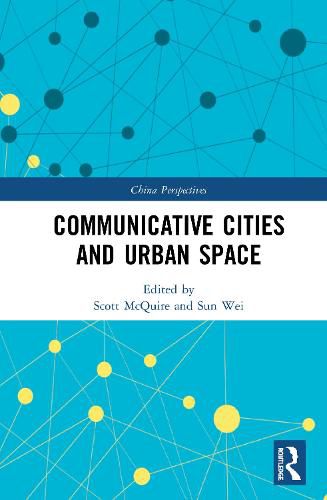Readings Newsletter
Become a Readings Member to make your shopping experience even easier.
Sign in or sign up for free!
You’re not far away from qualifying for FREE standard shipping within Australia
You’ve qualified for FREE standard shipping within Australia
The cart is loading…






Cities have long been recognized as key sites for fostering new communication practices. However, as contemporary cities experience major changes, how do diverse inhabitants encounter each other? How do cities remember? What is the role of the built environment in fostering sites for public communication in a digital era? Communicative Cities and Urban Space offers a critical analysis of contemporary changes in the relation between urban space and communication.
This volume seeks to understand the situatedness of contemporary communication practices in diverse contexts of urban life, and to explore digitized urban space as a historically specific communicative environment. The essays in this book collectively propose that the concept of the ‘communicative city’ is a productive frame for rethinking the above questions in the context of 21st-century ‘media cities’. They challenge us to reconsider qualities such as openness, autonomy and diversity in contemporary urban communication practices, and to identify factors that might expand or constrict communicative possibilities.
Students and scholars of communication studies and urban studies would benefit from this book.
$9.00 standard shipping within Australia
FREE standard shipping within Australia for orders over $100.00
Express & International shipping calculated at checkout
Cities have long been recognized as key sites for fostering new communication practices. However, as contemporary cities experience major changes, how do diverse inhabitants encounter each other? How do cities remember? What is the role of the built environment in fostering sites for public communication in a digital era? Communicative Cities and Urban Space offers a critical analysis of contemporary changes in the relation between urban space and communication.
This volume seeks to understand the situatedness of contemporary communication practices in diverse contexts of urban life, and to explore digitized urban space as a historically specific communicative environment. The essays in this book collectively propose that the concept of the ‘communicative city’ is a productive frame for rethinking the above questions in the context of 21st-century ‘media cities’. They challenge us to reconsider qualities such as openness, autonomy and diversity in contemporary urban communication practices, and to identify factors that might expand or constrict communicative possibilities.
Students and scholars of communication studies and urban studies would benefit from this book.